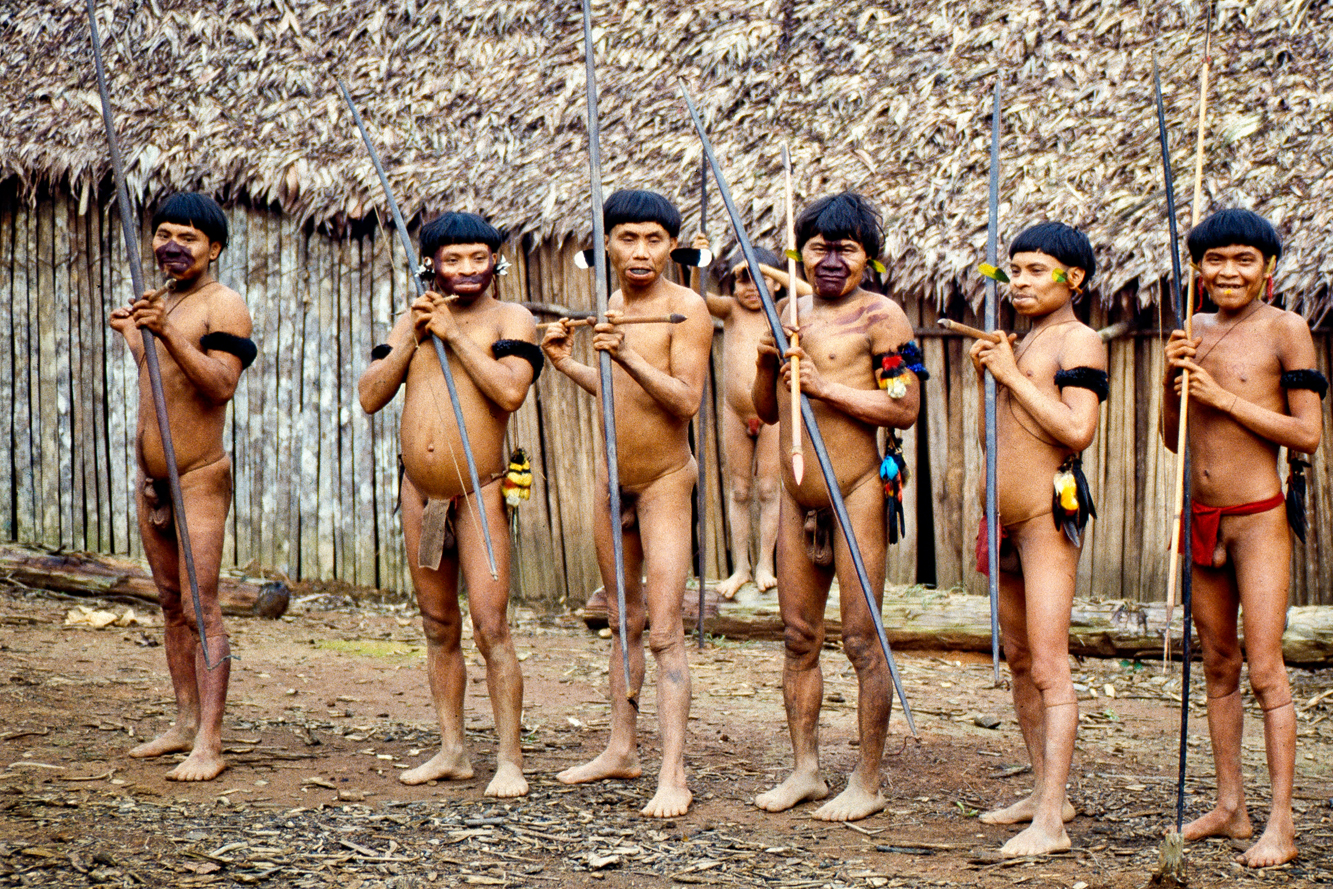
Venezuela 1988
In the shadow of dusk
(First contact with the Yanomami Indians)
“Aaauuuu, aaauuu!” comes from all sides. Seconds later, we are surrounded by the warriors of the village, who wave machetes and axes wildly in front of our heads. “Aaauuu, aaauuu!” they roar incessantly and dance ecstatically around us. We still stand there transfixed and do our best not to show any fear. Otherwise we would lose face in front of the proud warriors.
After a while, a couple of Yanomami wave us under the roof of the shabono of the Indian village and show us a place for our hammocks. We are therefore accepted as guests. We are served wild turkey meat and banana soup. We smack our lips appreciatively. Almost the whole village gathers around us in the meantime. Speeches are made that we cannot understand. Some of the Indians sit close to us and touch us with their bodies and hands. We are constantly being hugged. Physical contact is a matter of course for them. For me it is an overwhelming experience, almost intoxicating, to be welcomed so lovingly by a warlike tribe that is often described as bloodthirsty. We found our destination here in this village after a grueling 200-kilometre walk through the Venezuelan rainforest. At last we can recover from our exertions and live with people who have probably never had any contact with the white man.
We want to document the life of this tribe in order to draw attention to their demise in our western world. Since the conquest of Brazil, it is estimated that 6.8 million (1987 figures) Indians have been killed. Just under 200,000 (figures from 1987) are said to be left. Can this people, the witnesses to the root of humanity, be saved from this fate?
The first campfires flare up in the shadows of dusk. The Indians are all lying in their hammocks. Only the children are still noisy. They chatter happily and the boys play the adults’ games: War. A child weeps miserably. The mother picks the sand fleas out from under the toenails with a sharp stick. We loll in the hammocks and are still caught up in the events of the last few days. We have a year of preparation behind us. We want to visit the Yanomami Indians, live with them and see for ourselves how threatened and vulnerable they are. We want to find out what a close connection there is between the rainforest and its inhabitants. Many speak of the destruction of the tropical forests, of the extinction of the people living there, of the extinction of thousands of animal and plant species, half of which are not even known, let alone researched. Despite all the lamentations about the impending climate catastrophe: The industrialized countries will not stop importing furniture, breakfast boards, window frames and railroad sleepers from tropical woods. The destruction of forest areas – the size of western Germany every year – continues. It is not only logging, cattle ranches, orange plantations and the search for gold, diamonds and other natural resources that are destroying the forest, there are also reservoirs, some as large as the Saarland. People and animals flee if they can, or drown, and the enormous biomass begins to rot. The Yanomami’s habitat is being increasingly restricted, and their cultural imprinting and extermination is continuing. Their fate is symbolic of the destruction of the tropical rainforest. “If the people die, the rainforest dies too. There are no ecological boundaries, which is why this issue affects all of us!”
If time permits, I will publish a report on our first contact with the Yanomami in the section “Venezuela Yanomami Diaries”.
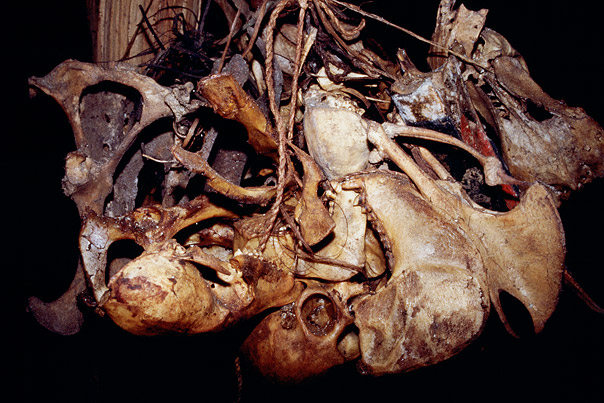

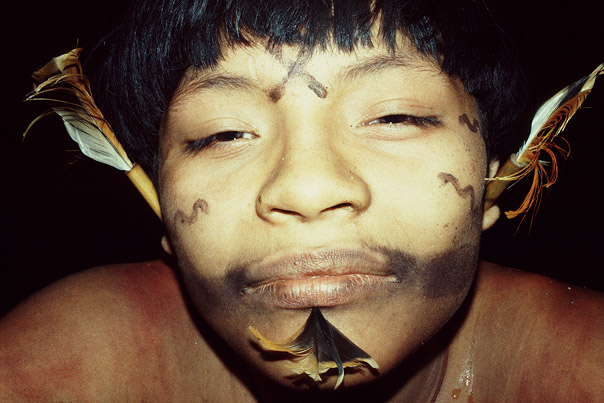
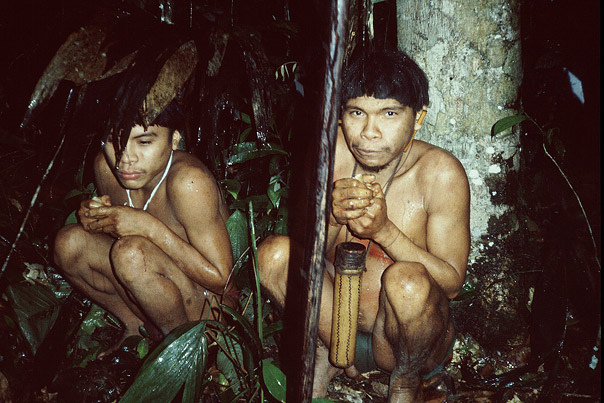
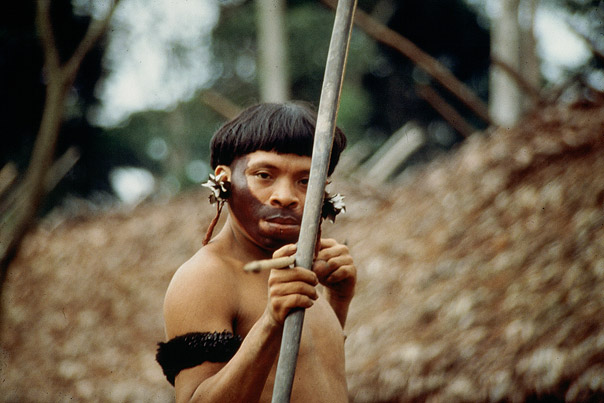
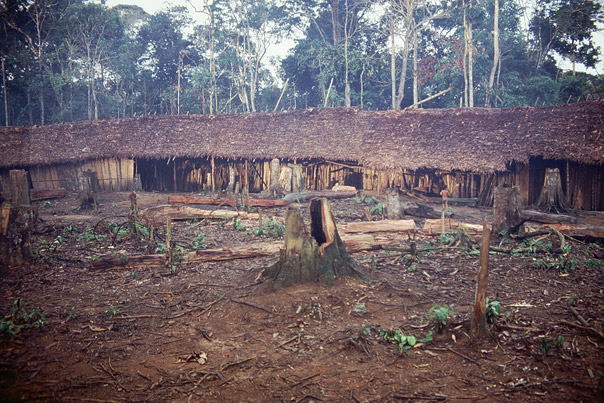
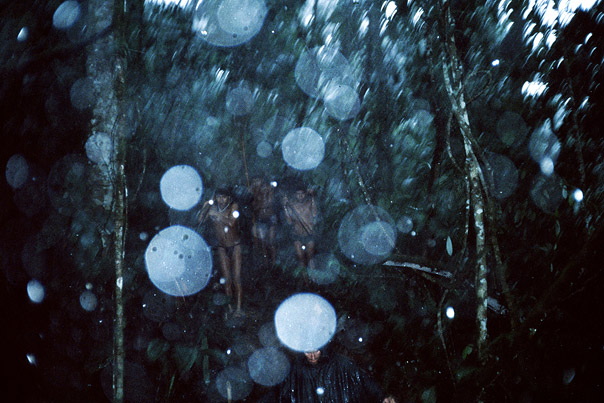

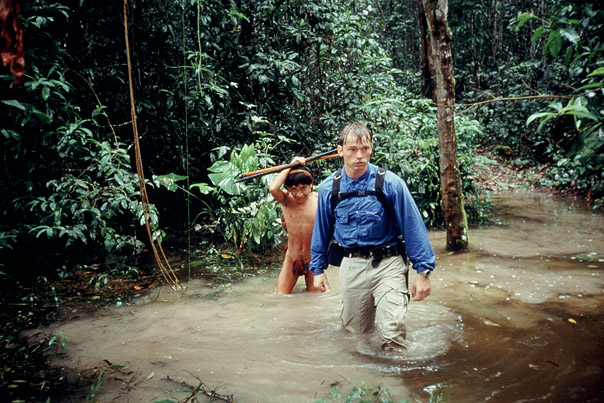
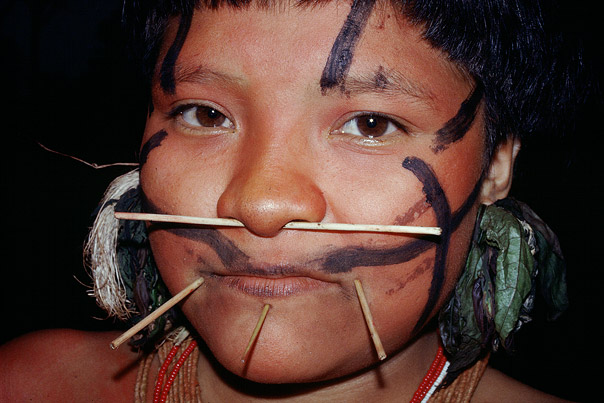
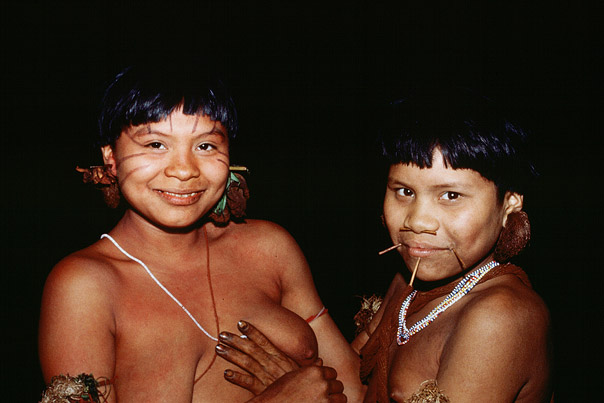
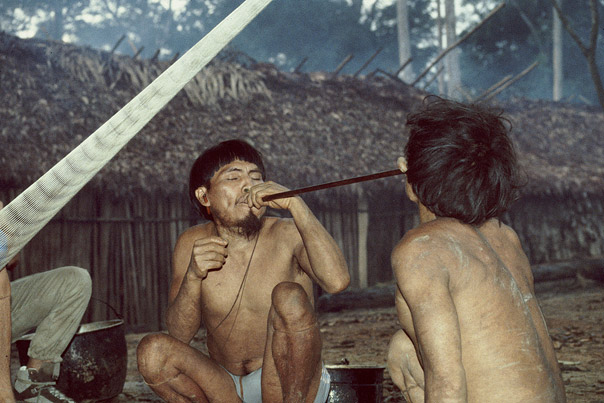
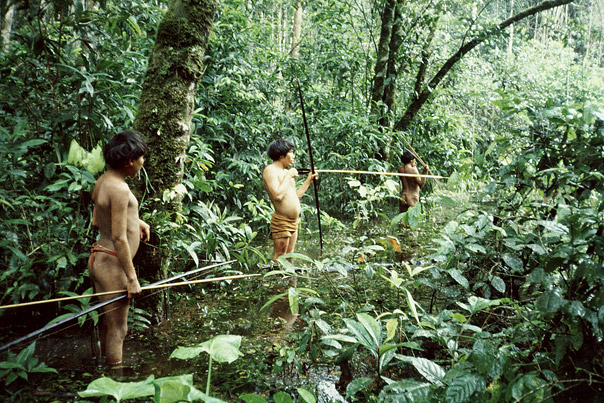

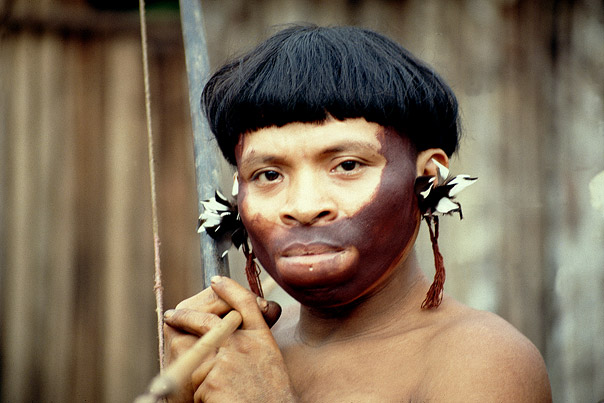
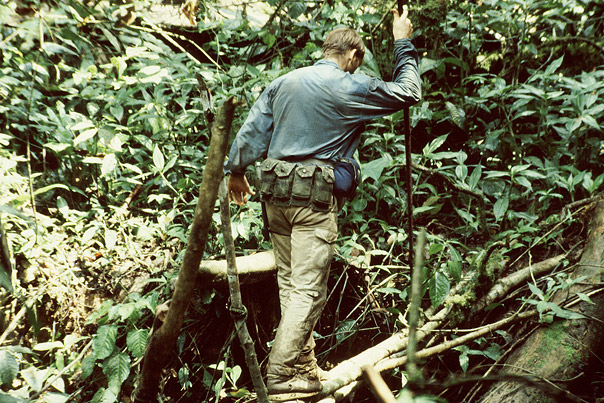

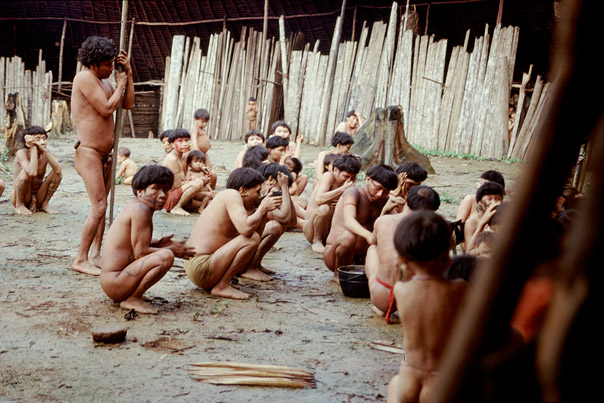
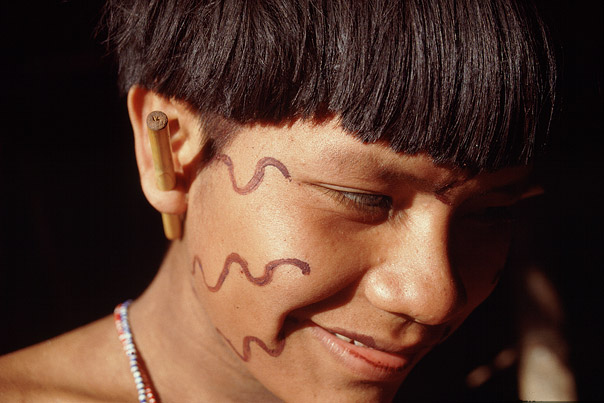
Venezuela 1988
Expedition to the Orinoco headwaters to visit the Yanomami Indians
To document the threat to the Yanomami Indians, Denis Katzer marched 300 kilometers on foot through the largest contiguous primeval forest on earth and visited an Indian village where no white person had ever been before.

